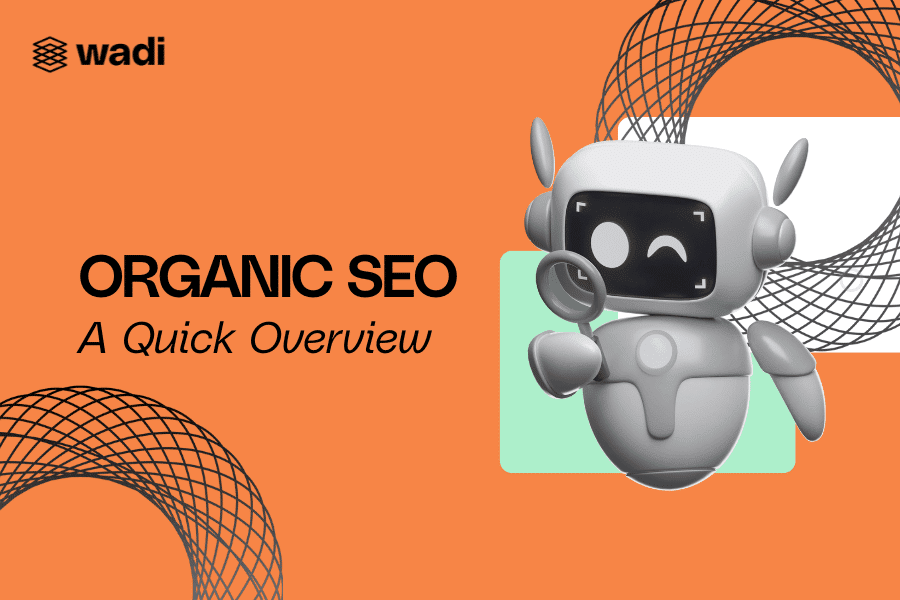Search behavior is evolving.
We’re no longer in the era of typing “endpoint protection software” into Google and clicking the top link. Today’s users and the AI tools serving them, are asking full questions like “What’s the difference between XDR and EDR?” or “How do I secure access to critical infrastructure in the cloud?”
If you’re in cybersecurity or enterprise tech, your content needs to do more than rank.
It needs to inform, build trust with your audience, and be AI-readable.
Why Cybersecurity and Tech Marketers Need to Think Differently
Cybersecurity buyers are sharp, skeptical, and research-driven. They dig deep. They rely on both traditional search and AI tools like ChatGPT, Claude, or Perplexity to get answers fast.
That means your blog content needs to do two things:
- Speak clearly to technical and non-technical readers
- Be structured in a way that AI models can understand, index, and cite

What Works Right Now (Across Our Clients)
AI search engines prioritize retrievable content. If your post is a wall of text, it won’t be surfaced or cited.
What we recommend:
- Break down concepts with clear subheadings
- Use bullets to simplify technical details
- Include TL;DR sections or key takeaways
- Add an FAQ section with real product or security concerns
- Internal links to signal depth and domain expertise
- Use the proper schemas
This is how we are seeing more appearances in both Google and AI-generated answers.

Is Your Blog Built for Both People and LLMs?
In cybersecurity and enterprise tech, buyers do their homework, and increasingly, AI tools are doing it for them.
So ask yourself:
- Is this post genuinely helpful to someone making a high-stakes decision?
- Can an LLM like ChatGPT extract the right information and context?
If the answer is yes to both, you’re not just creating content, you’re building visibility and trust in a noisy, high-bar industry.





